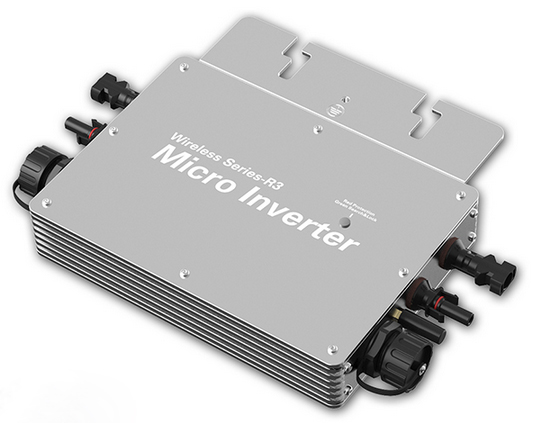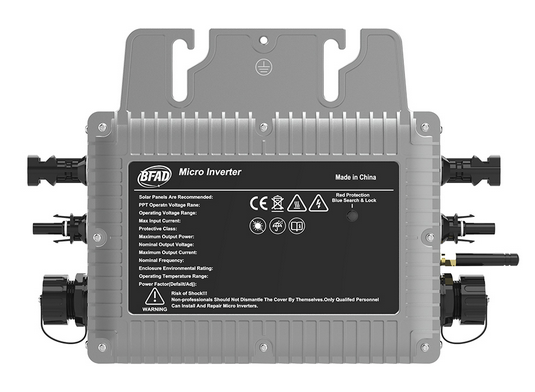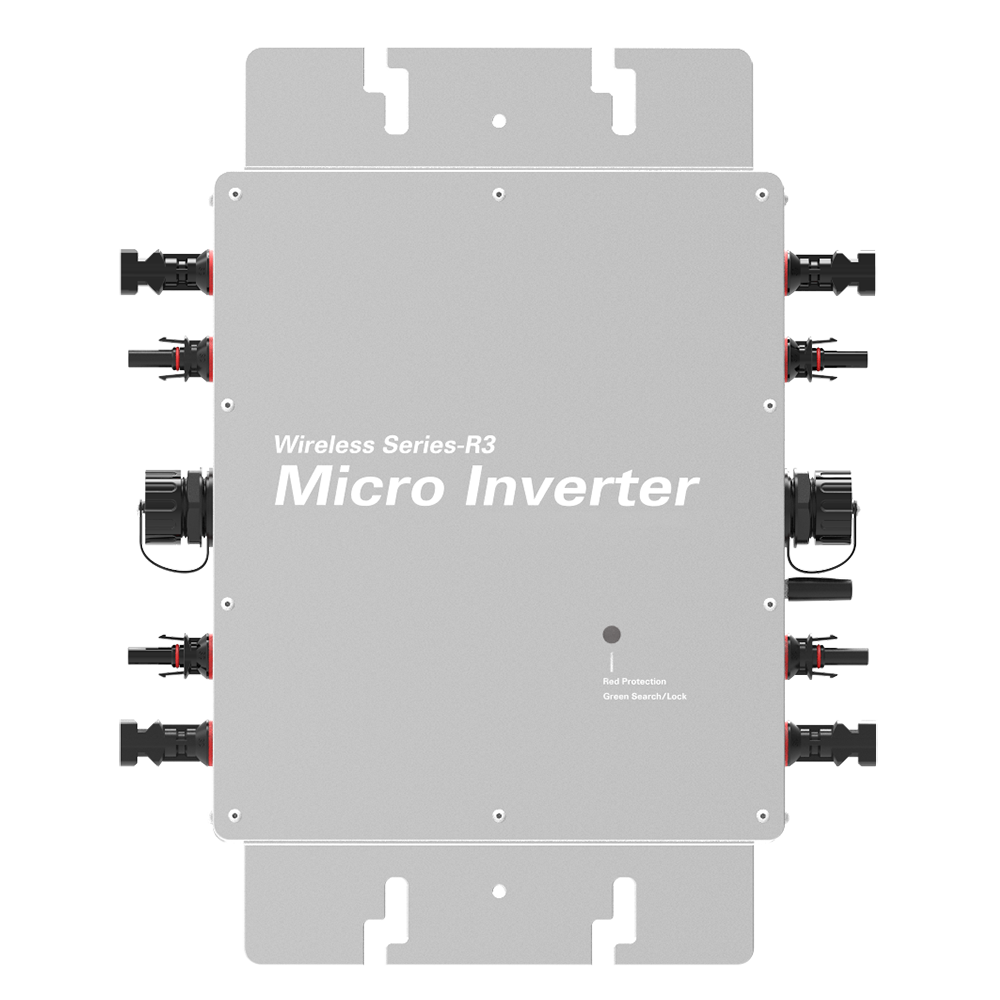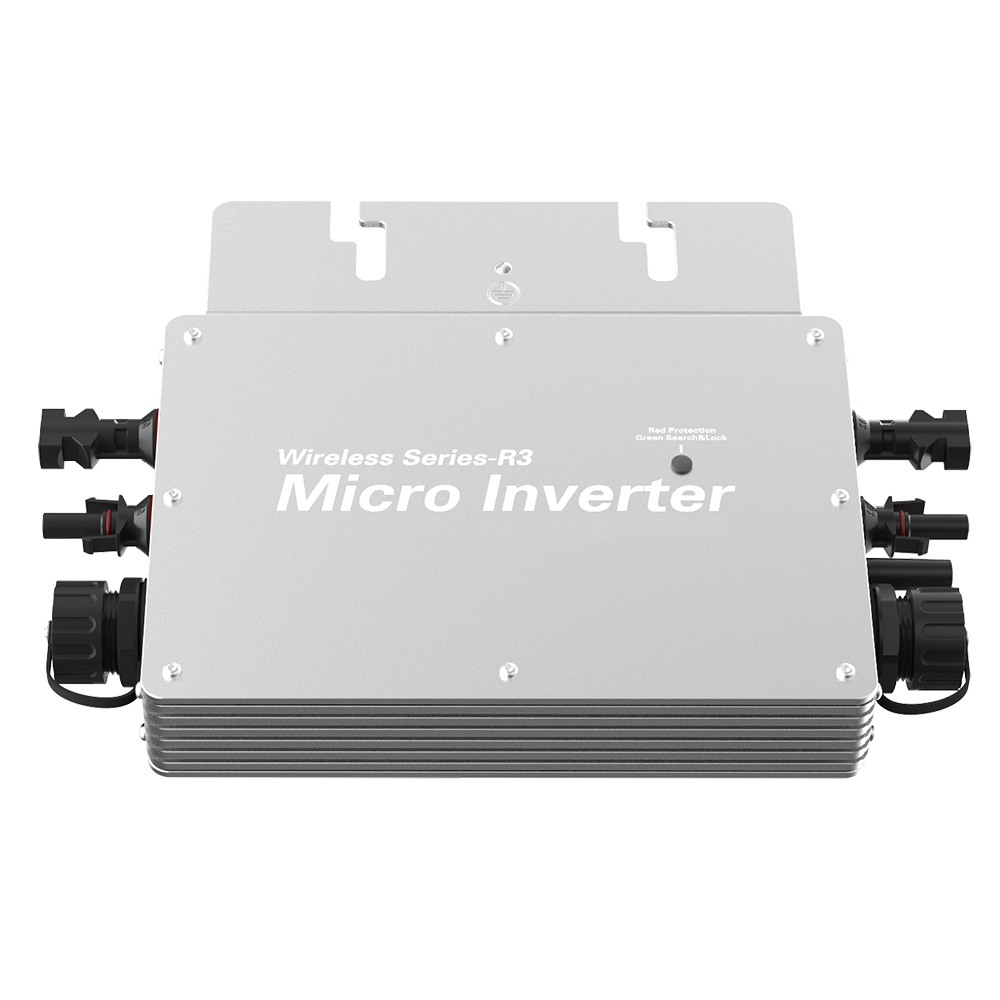The solar inverter is an important component in the solar power generation system, which is mainly used to convert the direct current generated by solar photovoltaic panels into alternating current. During operation, the inverter may have various failures, affecting power generation efficiency and system safety. The following will introduce some common faults and solutions of solar inverters:
1. Input fault: The input end of the solar inverter may cause voltage instability or insufficient input current due to poor wiring or cable failure. The solution is to check whether the input connection is firm, whether the cable is damaged, and replace the damaged cable in time.
2. Output fault: Problems such as short circuit, ground fault, or overload may occur at the output end of the inverter, causing the inverter to fail to work normally. The solution is to check whether the output connection is normal, check whether the inverter is overloaded, handle the fault in time, and restore the normal operation.
3, the temperature is too high fault: the solar inverter in the working process will produce a certain amount of heat, if the temperature is too high will affect the efficiency and life of the inverter. The solution is to check whether the heat dissipation system of the inverter is normal, keep the ventilation around the inverter good, and clean the dust and debris on the radiator in time.
4. Insulation failure: Inverter insulation failure is a common problem, which may be caused by grounding failure, wet environment or aging. The solution is to check the insulation of the inverter regularly and replace the aging insulation materials or insulation parts in time.
5. Waveform distortion fault: distortion of AC waveform output of solar inverter will affect the power generation efficiency and equipment life of the system. The solution is to check whether the output waveform of the inverter is normal, and correct the output waveform in time to ensure the stability of the current quality.

6. Communication failure: Some inverters have remote monitoring and management functions, if the communication failure will lead to poor data transmission or monitoring is not in place. The solution is to check whether the communication line is unblocked and reset the communication parameters to ensure normal communication operation.
In short, as a key component of the solar power generation system, the solar inverter may have various failures in daily operation. Timely detection and handling of these faults can improve the power generation efficiency of the system, extend the service life of the device, and ensure the safe and stable operation of the system. Therefore, users should regularly check maintenance when using the solar inverter to keep the equipment in good condition to ensure the normal operation of the system.



